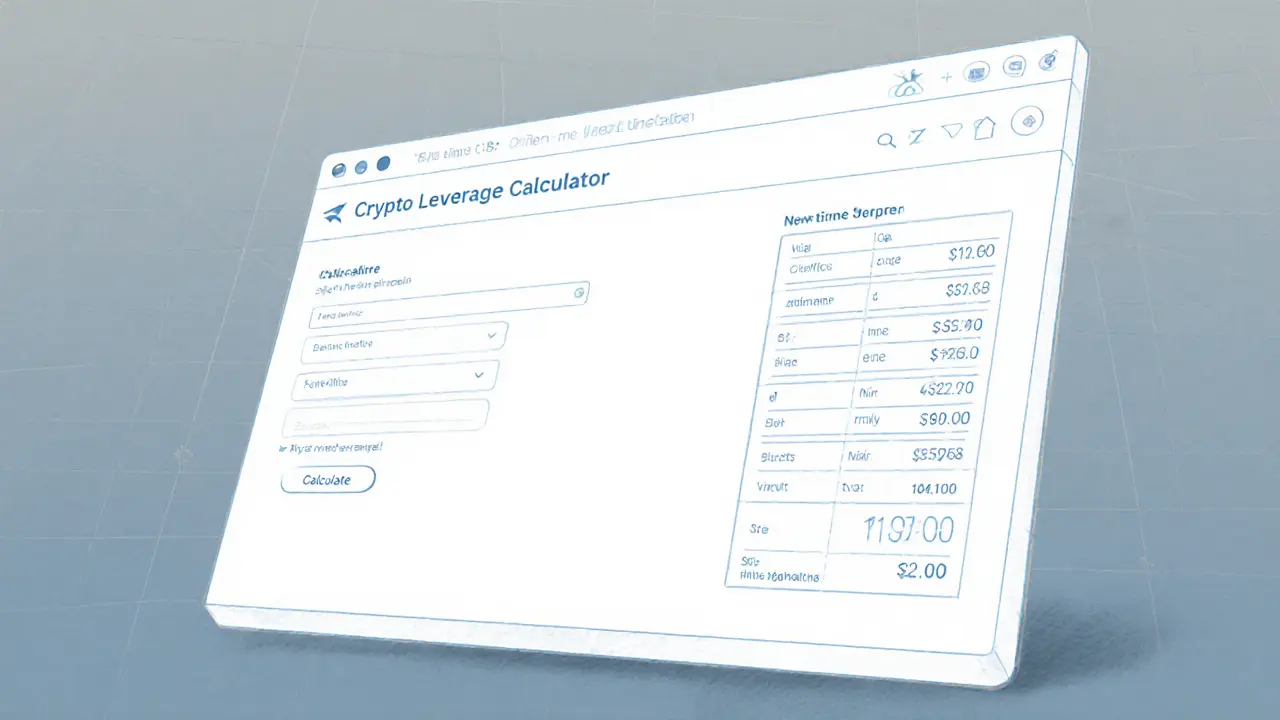Delta Exchange Fees Explained
When working with Delta Exchange fees, the cost model that traders pay to execute orders on the Delta Exchange platform, you quickly realize that every trade carries a price tag beyond the market spread. The exchange itself – Delta Exchange, a crypto derivatives venue that offers futures, perpetual contracts and spot markets – structures those costs around two core concepts: the maker fee, the rebate or low charge given when you add liquidity to the order book and the taker fee, the higher charge applied when you remove liquidity by matching an existing order. Understanding how these pieces fit together is the first step toward keeping your trading expenses under control.
How the Fee Structure Works
Delta Exchange fees encompass a tiered schedule that rewards higher volume. Volume‑based discounts mean that as your 30‑day trading turnover climbs, both maker and taker percentages drop, sometimes turning the maker fee into a modest rebate. This tiered model requires traders to track their monthly activity, because the fee tier you land in determines the exact rate applied to each order. The platform also differentiates between contract types – futures contracts generally carry a slightly higher taker rate than perpetual swaps, reflecting the added risk of settlement. Moreover, margin trading adds an interest component: borrowing funds incurs a daily financing cost that stacks on top of the base fee. All of these variables – volume tier, contract type, margin usage – influence your overall cost of trading.
Another important relationship is between fee structure and order strategy. If you frequently place limit orders that sit on the book, you’ll collect maker rebates and benefit from lower effective costs. Conversely, market orders that instantly hit the best ask or bid trigger taker fees, which can eat into profit margins, especially in fast‑moving markets. Traders who understand this dynamic often split their approach: set tight limit orders for price‑sensitive entries, and reserve market orders for urgent exits. The fee schedule also includes a “VIP” tier for institutional players, offering sub‑0.01% taker rates that can dramatically shift the breakeven point for high‑frequency strategies.
Beyond pure cost, Delta Exchange fees affect risk management. Higher taker fees mean you pay more to close losing positions quickly, which can amplify drawdowns if not accounted for in position sizing. Some users counter this by using stop‑limit orders that become maker orders if the price moves favorably, thereby lowering the fee on the exit leg. The platform’s fee calculator, available on the website, lets you model these scenarios before you trade, helping you decide whether a particular contract’s fee profile matches your risk tolerance.
Below you’ll find a curated set of articles that dive deeper into each aspect of Delta Exchange fees. Whether you’re a beginner curious about basic maker‑taker concepts, an intermediate trader looking to optimise volume‑based discounts, or an advanced strategist weighing margin financing against fee rebates, the collection covers practical guides, fee‑by‑fee breakdowns and real‑world examples. Use these resources to fine‑tune your cost structure, avoid hidden expenses, and keep more of your profit in your pocket.
Delta Exchange Review: Fees, Leverage, Security & Trading Experience
A detailed Delta Exchange review covering fees, leverage, security, trading tools, pros and cons, plus a comparison table and FAQs for crypto derivatives traders.
VIEW MORE
